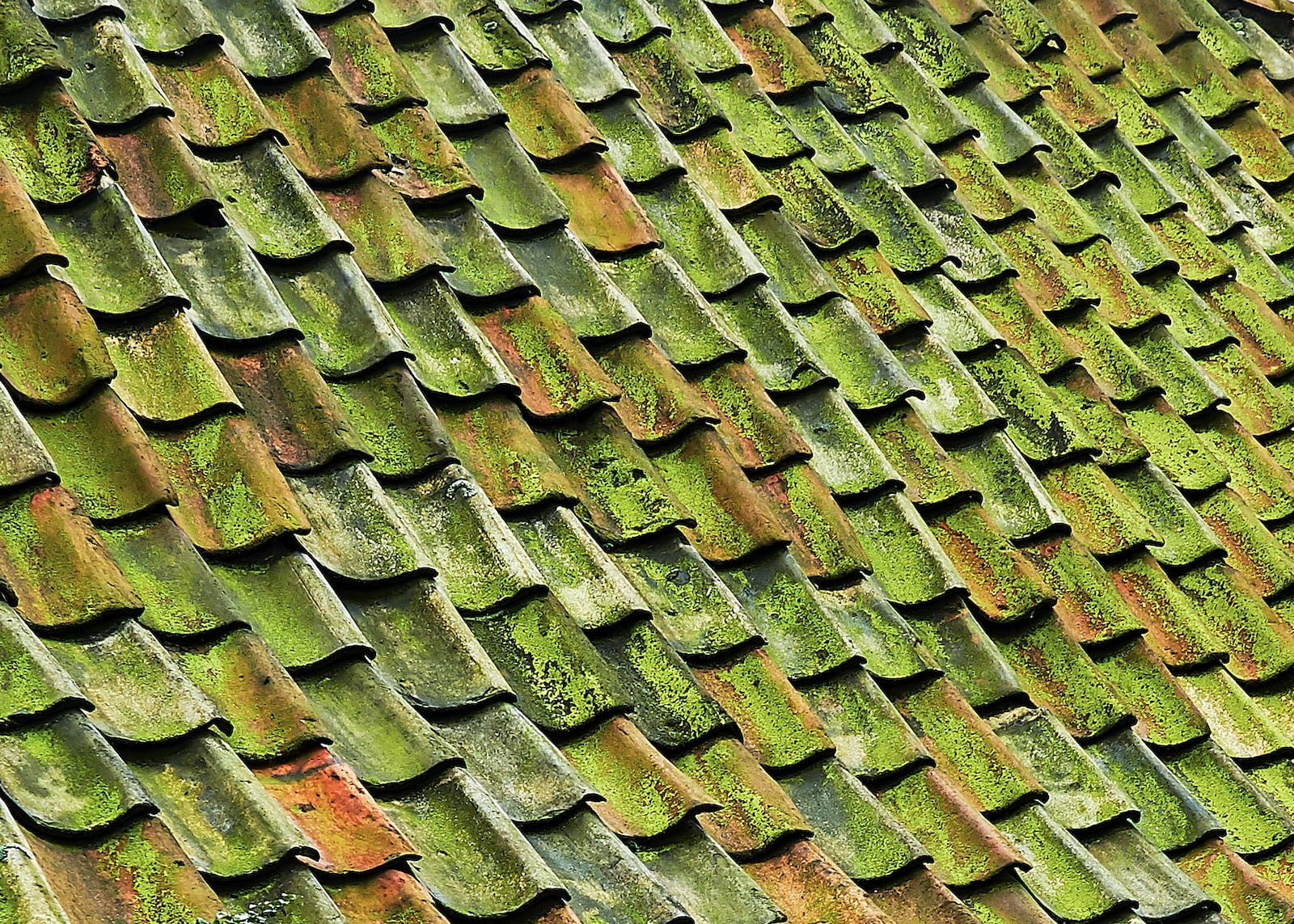When is it Too Hot to Roof?
When Is It Too Hot to Work on a Roof? The answer to this question can vary depending on several factors. Working on a roof during hot weather conditions can be dangerous and can lead to heat exhaustion or heat stroke. It is important to consider the temperature, humidity, and the amount of direct sunlight when deciding whether it is safe to work on a roof. In this article, we will discuss the factors that should be considered when making this decision and provide tips on how to stay safe while working on a roof in hot weather.
Safety Precautions to Take When Roofing in Hot Weather
Furthermore, it is essential to stay hydrated when roofing in hot weather. It is crucial to drink water regularly to keep the body cool and prevent dehydration. Dehydration can cause dizziness, fatigue, and heat exhaustion, which can be life-threatening. Therefore, it is essential to take frequent breaks and drink water during the roofing process. Additionally, it is advisable to wear light-colored and loose-fitting clothing to allow air to circulate and keep the body cool. Wearing a hat and sunscreen can also help protect the skin from the sun’s harmful rays. Lastly, it is crucial to have a first-aid kit on site in case of any injuries. In case of an emergency, it is vital to call 911 immediately.
In conclusion, roofing in hot weather can be dangerous if the necessary safety precautions are not taken. It is essential to be aware of the risks involved and take the necessary steps to prevent them. By staying hydrated, taking frequent breaks, wearing appropriate clothing, and having a first-aid kit on site, roofers can ensure their safety and prevent any accidents from occurring.
Signs That Indicate It’s Too Hot to Work on a Roof
Additionally, there are a few signs that indicate it’s too hot to work on a roof. One of the most obvious signs is excessive sweating and fatigue. If you find yourself sweating profusely within minutes of starting work, it’s a clear indication that the temperature is too high for you to work safely. Similarly, if you find yourself feeling tired and drained after just a short period of time, it’s a sign that you need to take a break and cool off.
Another sign that it’s too hot to work on a roof is dizziness or lightheadedness. If you start to feel dizzy or lightheaded, it’s important to stop working immediately and get off the roof. This could be a sign of heat exhaustion or heat stroke, which can be very serious if left untreated. Other signs of heat exhaustion include nausea, headache, and muscle cramps.
Finally, if you notice that your tools or equipment are becoming too hot to handle, it’s a sign that the temperature is too high for you to work safely. Metal tools and equipment can become dangerously hot in the sun, so it’s important to take precautions to protect yourself and your tools. Consider using gloves or other protective gear to prevent burns or other injuries.
Stay Hydrated
One of the most important things to do when working on a roof in hot temperatures is to stay hydrated. It’s easy to forget to drink water when you’re focused on the task at hand, but it’s crucial to drink plenty of fluids throughout the day. Make sure to bring a water bottle with you and refill it regularly. If possible, try to take breaks in the shade and drink water during those breaks. Avoid drinking sugary or caffeinated drinks, as they can dehydrate you even more.
The Effects of Extreme Heat on Roofing Materials and the Importance of Timing Your Roofing Project Appropriately
When it comes to roofing projects, timing is everything. Extreme heat can have a significant impact on the durability and lifespan of your roofing materials. During hot weather conditions, roofing materials can expand and contract, causing them to crack and break. This can lead to leaks and other damage that can be costly to repair. Additionally, the sun’s UV rays can cause roofing materials to fade and deteriorate over time.
To avoid these issues, it’s important to time your roofing project appropriately. Ideally, you should schedule your roofing project during cooler months when temperatures are more moderate. This will allow your roofing materials to be installed properly without the risk of cracking or breaking due to extreme heat. Additionally, you can take steps to protect your roofing materials from the sun’s UV rays by using reflective coatings or other protective measures.
In conclusion, extreme heat can have a significant impact on the durability and lifespan of your roofing materials. To ensure that your roofing project is successful, it’s important to time your project appropriately and take steps to protect your roofing materials from the sun’s harmful UV rays. By doing so, you can ensure that your roof will last for many years to come and provide you with the protection and security that you need.

